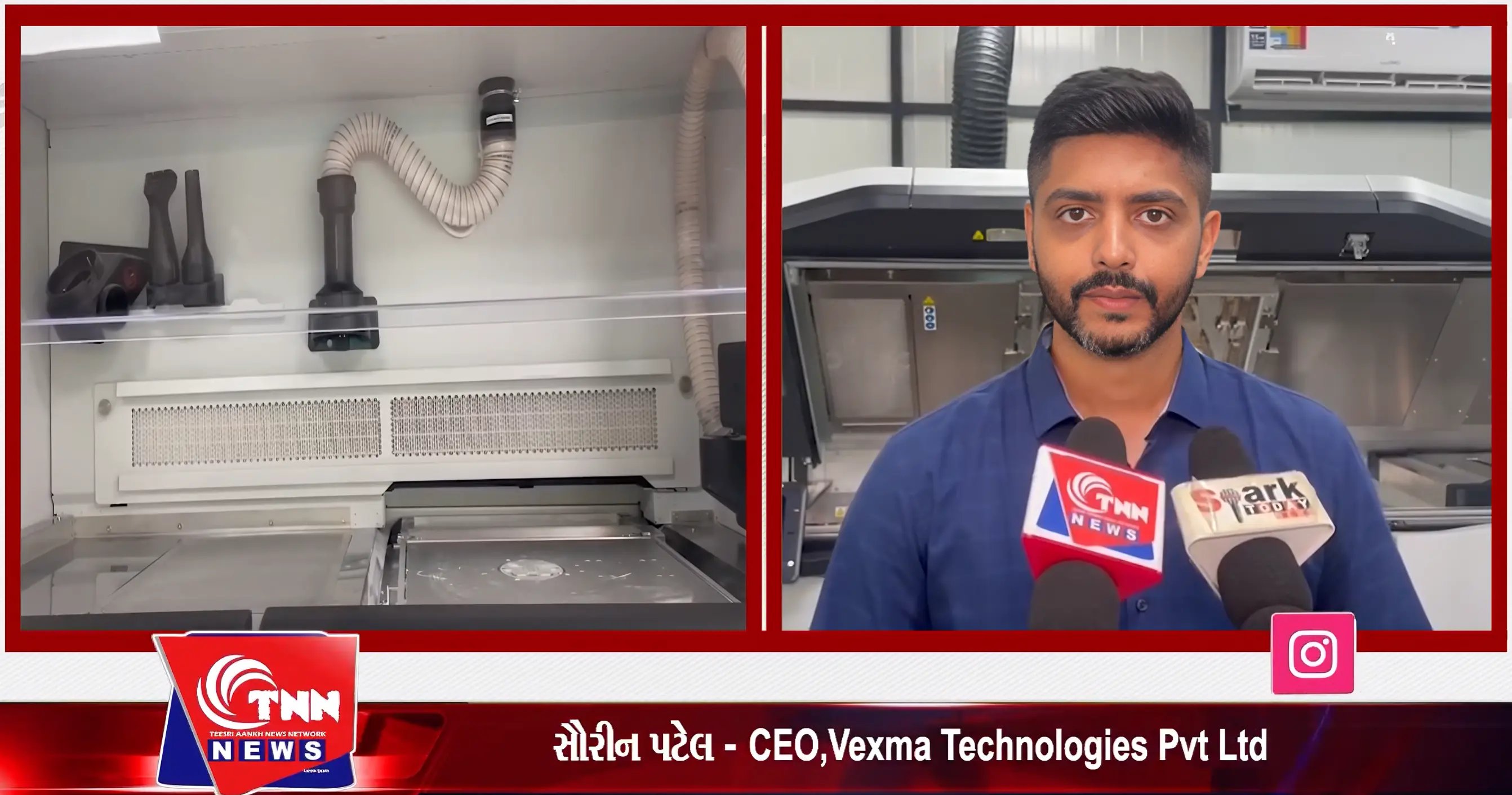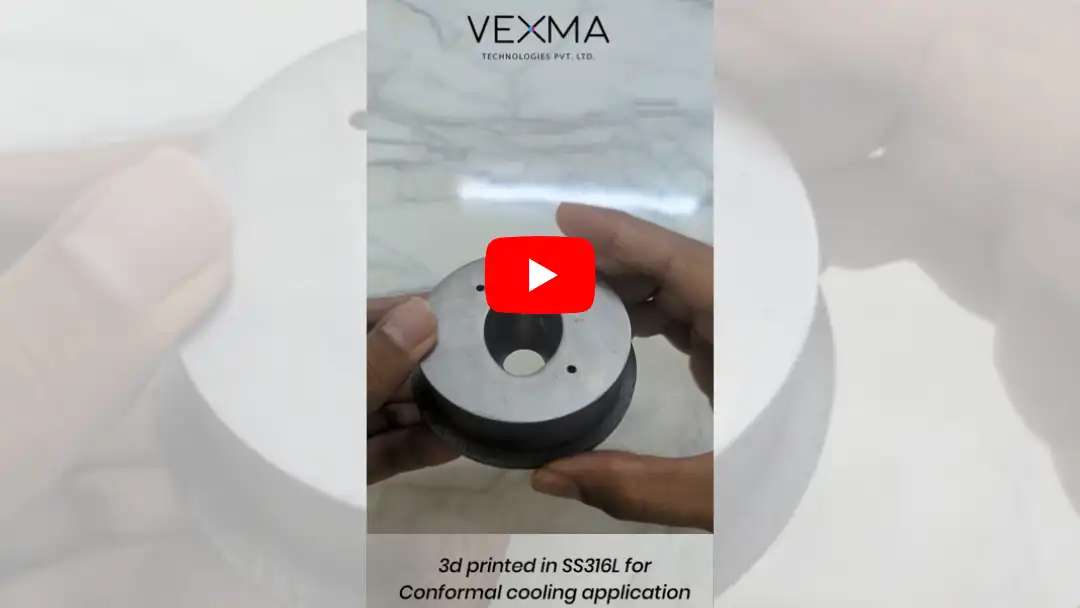Why Conformal Cooling is a Game-Changer with 3D Printing
Efficient cooling is a critical factor in injection molding and other manufacturing processes. Traditional cooling methods rely on straight-line cooling channels, which often lead to uneven temperature distribution, longer cycle times, and quality inconsistencies. However, the advent of conformal cooling - where cooling channels follow the shape of the molded part has revolutionized the industry. Thanks to additive manufacturing, implementing conformal cooling has never been more feasible.
Key Benefits of Conformal Cooling
Uniform Temperature Distribution:
Unlike conventional cooling channels that are restricted to linear paths, conformal cooling channels follow the exact geometry of the part. This ensures even heat dissipation across the mold, reducing hot spots and minimizing defects.
Faster Cooling Rates:
With optimized heat dissipation, conformal cooling can achieve up to 40% reduction in cooling time. This results in shorter cycle times, allowing manufacturers to increase throughput and productivity.
Enhanced Part Quality:
Thermal stress and warpage are common issues in traditional cooling methods. By maintaining uniform cooling, conformal cooling reduces residual stresses, leading to improved dimensional accuracy and superior part quality.
Improved Production Efficiency:
A shorter cooling time translates to increased efficiency and cost savings. Manufacturers can produce more parts per hour, leading to a higher return on investment (ROI).Why 3D Printing is the Ultimate Solution for Conformal Cooling
Traditional machining techniques struggle to create the complex, curved cooling channels required for conformal cooling. This is where 3D printing steps in, enabling next-level cooling solutions.
Complex Channel Geometries:
3D printing enables intricate cooling designs that were previously impossible with traditional CNC machining. This flexibility allows for maximum design freedom to optimize cooling performance.
Precision Engineering:
Advanced 3D printing techniques, such as laser powder bed fusion (LPBF), allow for the precise manufacturing of cooling channels. Stainless steel (SS316L) is commonly used, offering high thermal conductivity and corrosion resistance.
Direct Manufacturing:
Eliminate traditional manufacturing limitations by directly fabricating molds with integrated cooling channels. No need for post-machining, drilling, or assembling cooling lines separately.
Optimal Fluid Flow:
By designing cooling channels that perfectly conform to the part geometry, fluid dynamics are optimized for maximum heat transfer efficiency, reducing energy consumption and enhancing mold longevity.The combination of conformal cooling and 3D printing represents a major leap forward for manufacturers seeking to improve quality, reduce costs, and boost efficiency. With faster cooling times, higher precision, and superior thermal management, businesses can stay ahead in a highly competitive market.
Are you ready to revolutionize your manufacturing process?
Embrace conformal cooling with 3D printing today!
For more videos visit our YouTube Channel:https://www.youtube.com/@Vexmatech/videos





